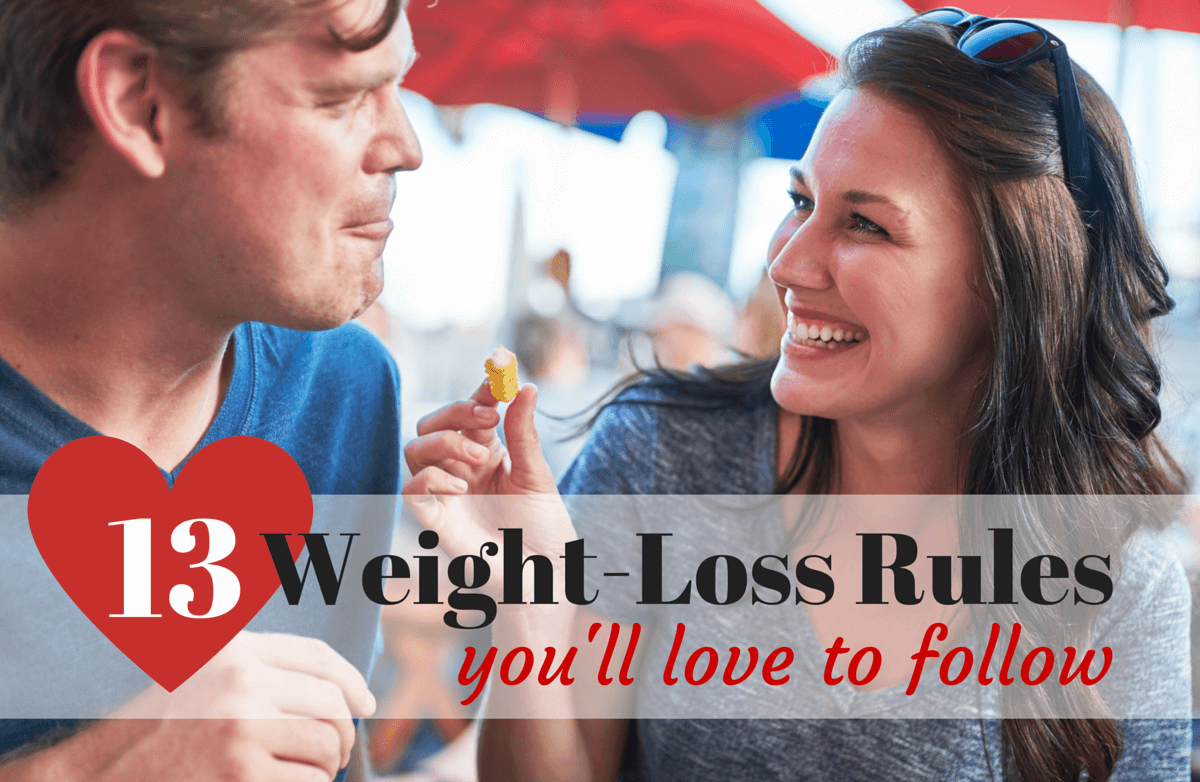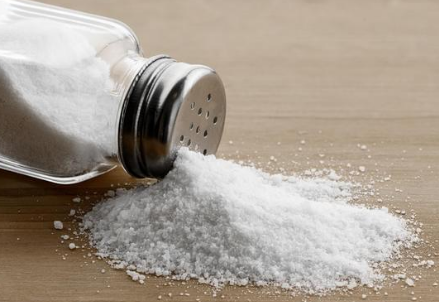Google "elimination diet" and you'll get over 40 million results in a split second. While the term is well-known among those looking to lose a few pounds, the method behind the buzzy term is less clear.
The idea of the elimination diet has been around since 1941 when Albert H. Rowe, M.D. "Elimination Diets and the Patient's Allergies", which became the gold standard for identifying food sensitives. However, with new and more advanced testing methods now available, registered dietitian nutritionists (RDN) and other health professionals may not use it as often. That said, in the past decade, elimination diets have made somewhat of a comeback, with several RDNs specializing in the method.
Put simply, the elimination diet is a tool used to help identify foods that may be related to symptoms like bloating, gas diarrhea and other such issues. Some registered dietitians may also use it to help people relieve symptoms associated with irritable bowel syndrome, eczema and migraine headaches. The diet is meant to be followed for a relatively short period of time, typically between four to six weeks.
Who Is the Right Candidate?
When choosing to do an elimination diet, it should be done with guidance from your health care professional, including
It's tough to make long-term changes in your diet over only a few weeks. As such, the individual must be motivated and committed to sustainable change. In addition, it is beneficial for the individual to work together with
The Two Phases
An elimination diet consists of two phases: the elimination phase and the reintroduction phase.
Elimination Phase
Health professionals don't all go
Depending on your condition, the health care practitioner may choose to eliminate gluten-containing grains, dairy, legumes (beans, peas and lentils), soy or other foods. A food journal is encouraged to be kept during the elimination phase to track any changes in symptoms and well-being. The RDN can assist with meal planning, healthy recipe selections and reading food labels, all of which can be tough if many foods are eliminated at one time.
Reintroduction Phase
If symptoms improve, the next step is to reintroduce foods that were restricted. The goal in this phase is to check if whether eating these foods causes problematic symptoms will reappear. In this phase, it is also important to track the foods to indicate if they are tolerated. Usually food is reintroduced by starting with a small amount of one food at a time. If the food is tolerated, then a larger portion of the food is eaten to check if it is tolerated. This phase continues until all the eliminated foods (or those thought to be bothersome) are reintroduced. Based on the outcomes, a registered dietitian can help customize a meal plan to your individual tolerance of specific foods. Some foods may be deemed okay to consume regularly, occasionally or to restrict
There are various ways to approach an elimination diet if you are experiencing health issues. Your best bet is to work together with a trained health care professional in order to determine if there is an underlying medical condition or if eliminating or minimizing certain foods can help alleviate certain bothersome symptoms.













